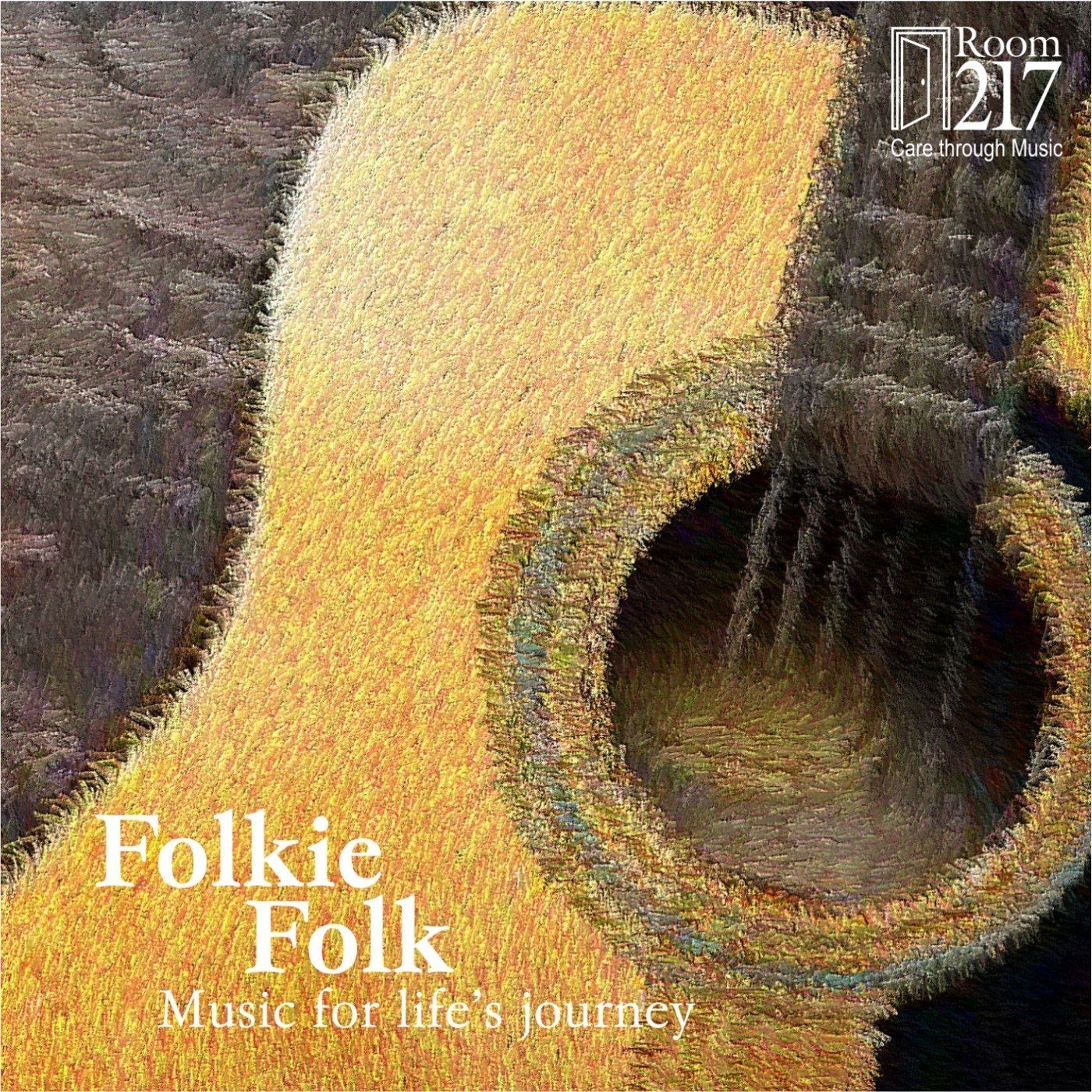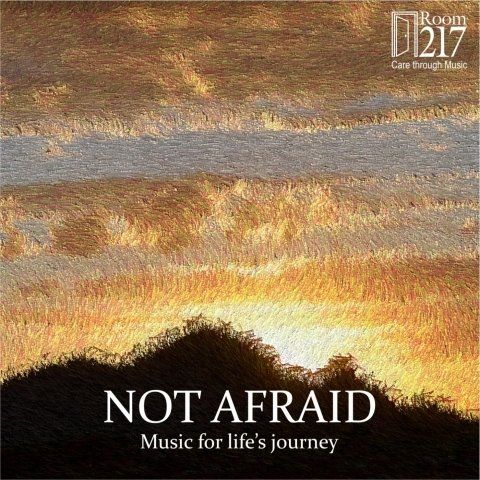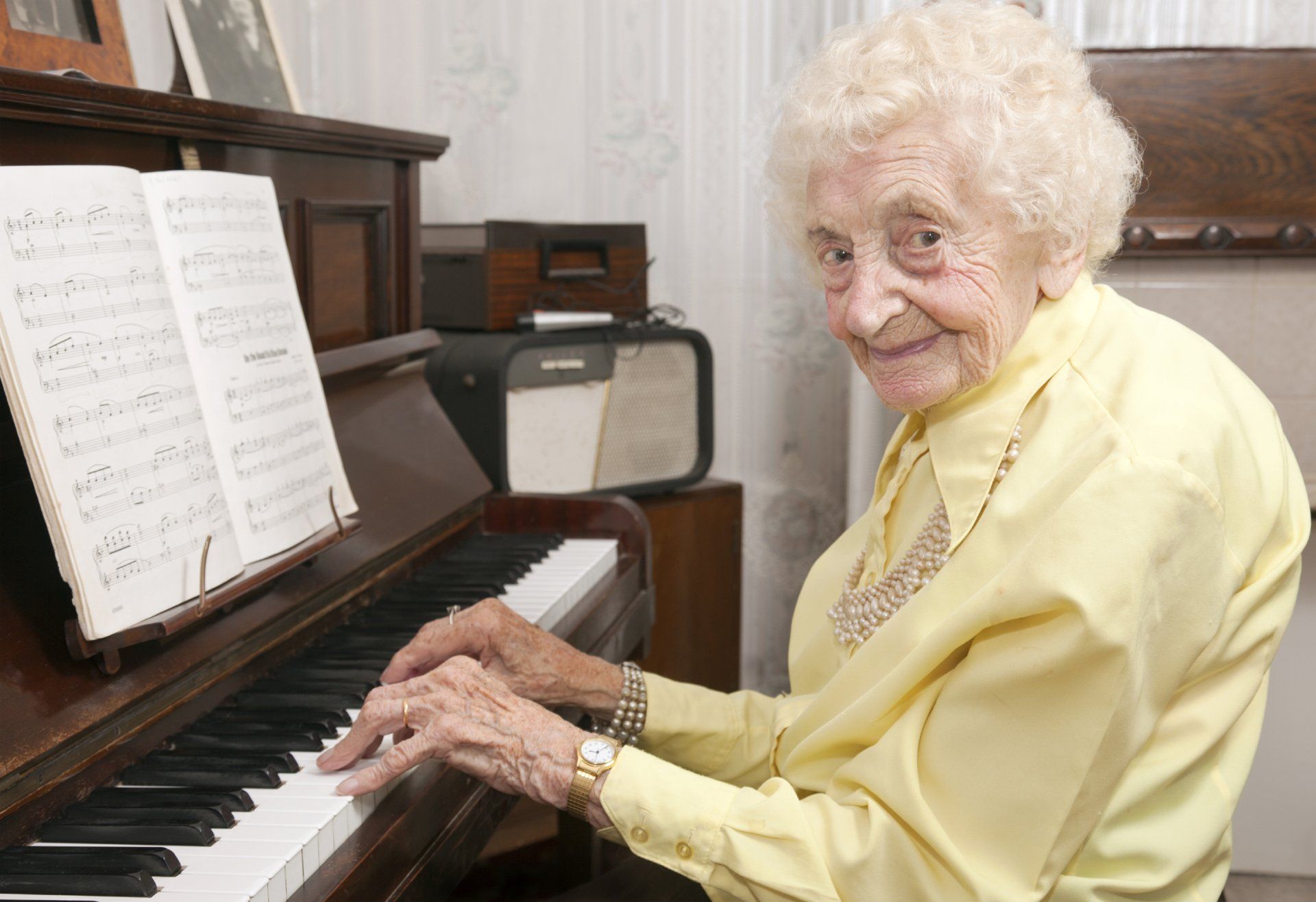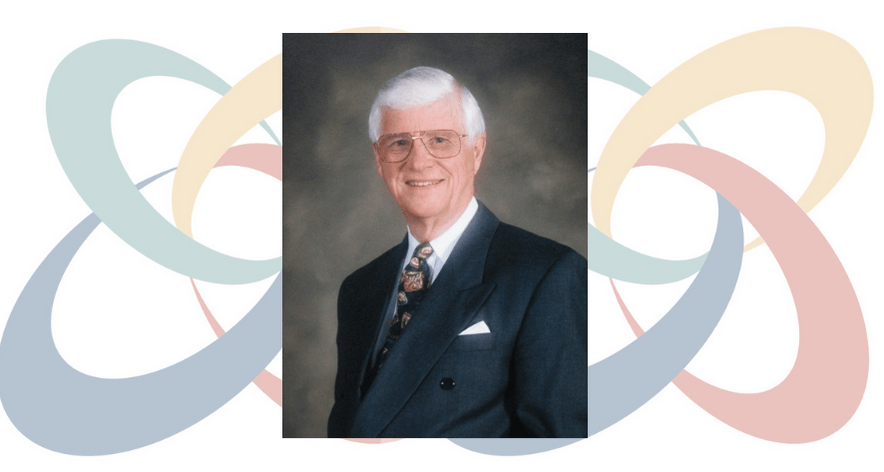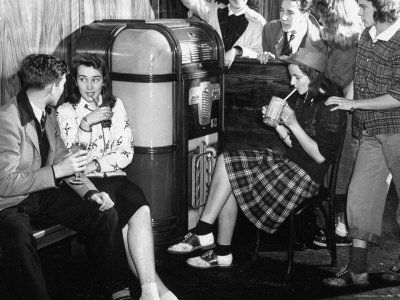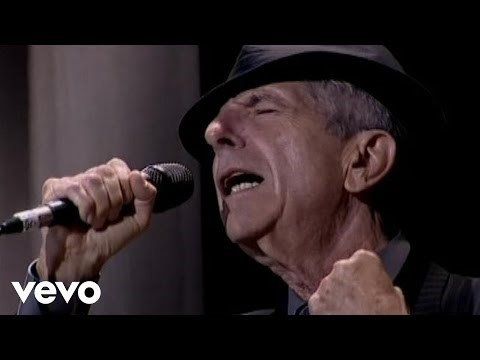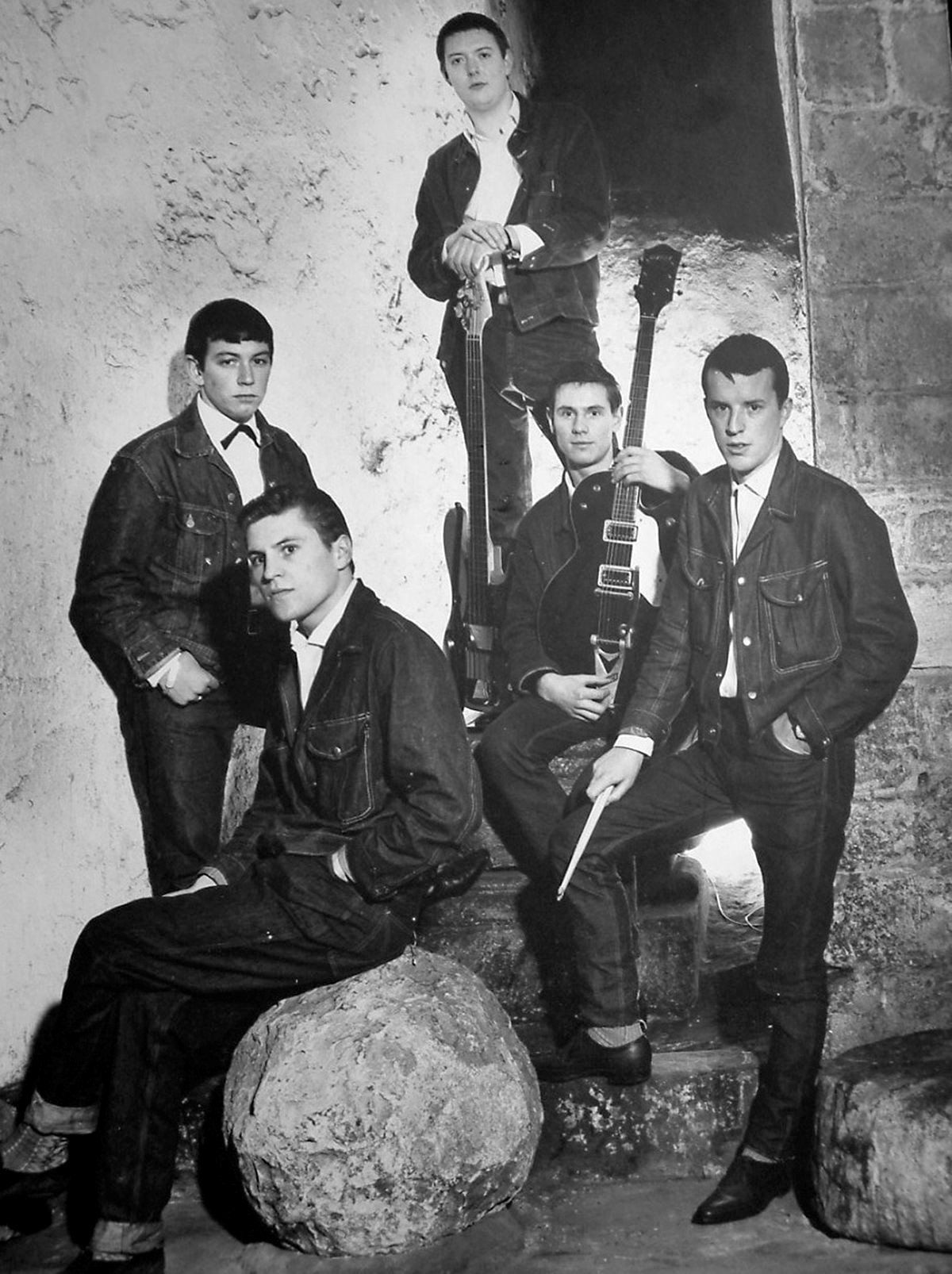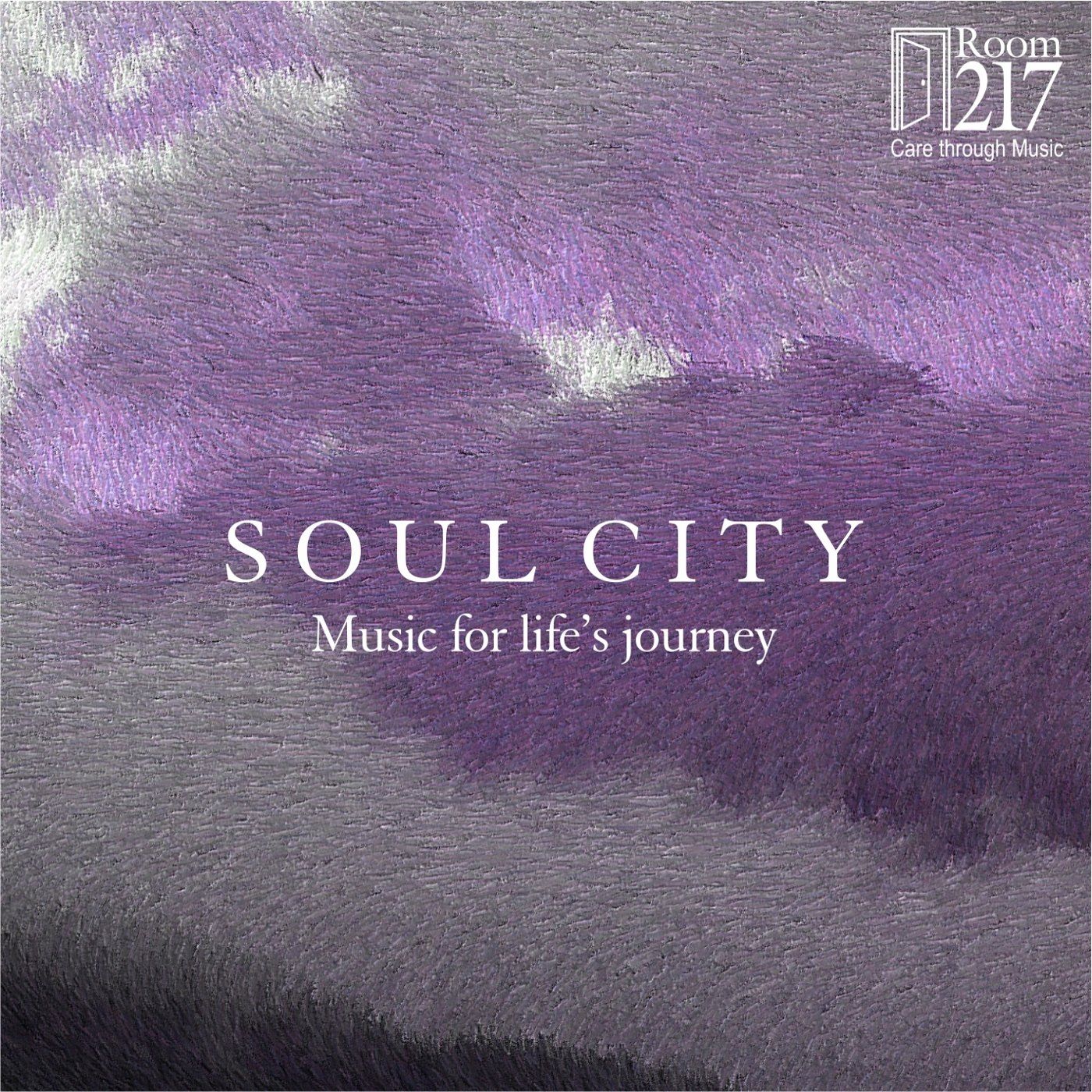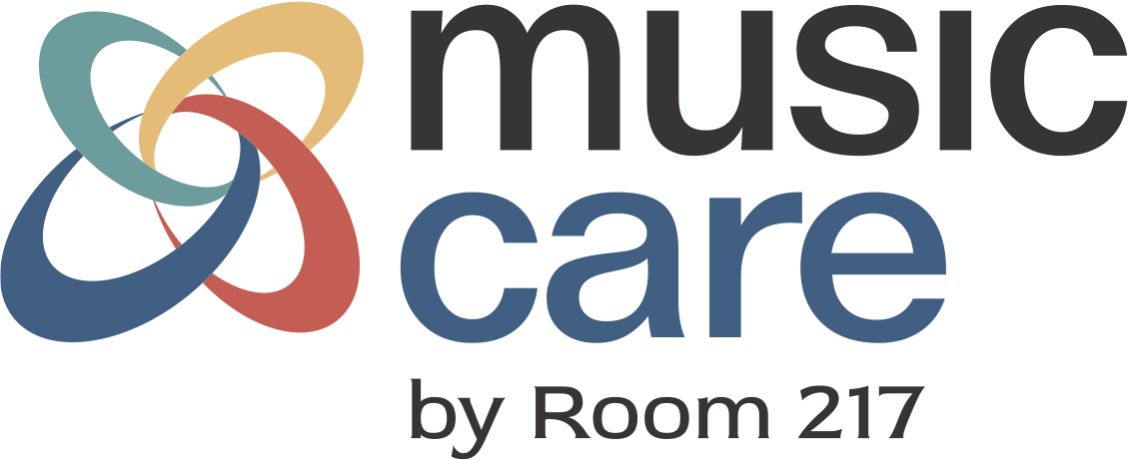The Beatles led the Invasion that changed North America
Do you remember where you were the first time you heard them? The Beatles? Had you heard them on the radio? Or was your first experience with The Beatles watching the Jack Paar show, or Ed Sullivan?
Beatlemania was the start of the British Invasion, a period in the mid ‘60s when not only music, but other aspects of British culture ballooned in popularity in North America. Though John, Paul, George and Ringo started it, the Invasion included Herman’s Hermits, the Rolling Stones, the Kinks, the Dave Clark Five, the Zombies and the Animals, in addition to solo acts like Dusty Springfield, Petula Clark, Marianne Faithfull and Lulu were part of the invasion.
This article in Vanity Fair outlines the impact of British bands on North American music. It took only eight days for I Want to Hold Your Hand to skyrocket from entering, to No. 1 on the American Top 40. Before 1964, only two British singles had topped Billboard's Hot 100, and in total they were top of the charts for four weeks. Between 1964-65, U.K. bands held the No. 1 spot for a combined 56 weeks. Read the article for more interesting stats on just how impactful the Brits were to the North American music scene.
The Invasion, however, extended beyond music. North America couldn’t get enough of all things British. Films starring actors from the U.K. were box office hits ( Mary Poppins, My Fair Lady and the James Bond series) and we loved the men with the accent, like Peter O’Toole, Michael Caine and Peter Sellers. We can also thank the Invasion for the introduction to the mini skirt, a staple of the first supermodels, Twiggy and Jean Shrimpton.
[IMAGE]
If you grew up in the ‘60s, you’re going to love our British Invasion album. It is one of six albums in Collection 4 , Boomer Tracks. Among the songs on the album are Downtown (Petula Clark), All My Lovin' (the Beatles), Doo Wah Diddy (Manfred Mann), Satisfaction (the Rolling Stones ), Ferry Cross the Mersey (Gerry and the Pacemakers), Time of the Season (the Zombies) and He Ain’t Heavy, He’s My Brother (the Hollies).
The album features guitars and violin, and is sure to please those of us who loved the music of the Invasion. If you want to check out the album, click here and scroll to the bottom on the page to listen to five samples from the album.
Though designed for palliative care, Room 217 music has many applications, including sleep promotion, relaxation, massage therapy and more.
Deb Bartlett is a journalist by profession, with a particular interest in the health and education beats. As Room 217’s Resource Lead, her experience as a writer lends valuable communication and networking expertise within the wide range of Room 217 customers and media relations.


